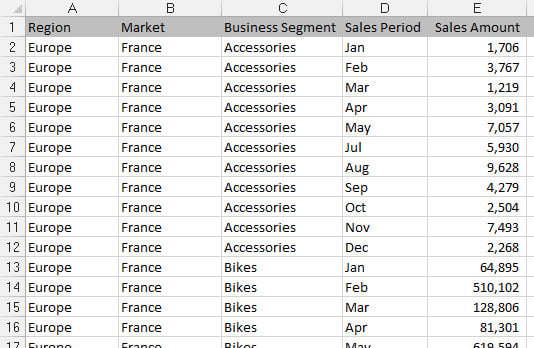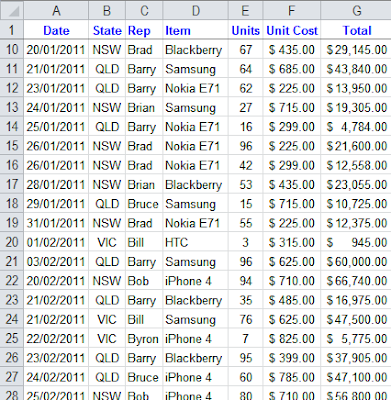
A particular example is imaging in which the spatial arrangement of pixels carries crucial information of the image content.

These features make CNNs suitable for analyzing data with spatial or temporal dependencies between components 10, 11. CNNs are inspired by visual neuroscience and possess key features that exploit the properties of natural signals, including local connections in receptive field, parameter sharing via convolution kernel, and hierarchical feature abstraction through pooling and multiple layers 9. Evaluated on benchmark drug screening datasets, CNNs trained on IGTD image representations of CCLs and drugs exhibit a better performance of predicting anti-cancer drug response than both CNNs trained on alternative image representations and prediction models trained on the original tabular data.Ĭonvolutional neural networks (CNNs) have been successfully used in numerous applications, such as image and video recognition 1, 2, 3, 4, medical image analysis 5, 6, natural language processing 7, and speech recognition 8.

Compared with existing transformation methods, IGTD generates compact image representations with better preservation of feature neighborhood structure. We apply IGTD to transform gene expression profiles of cancer cell lines (CCLs) and molecular descriptors of drugs into their respective image representations. The algorithm searches for an optimized assignment by minimizing the difference between the ranking of distances between features and the ranking of distances between their assigned pixels in the image.
#Tabular data format generator
To meet this challenge, we develop a novel algorithm, image generator for tabular data (IGTD), to transform tabular data into images by assigning features to pixel positions so that similar features are close to each other in the image. However, most tabular data do not assume a spatial relationship between features, and thus are unsuitable for modeling using CNNs. > df = pd.DataFrame(rows, columns=headers)ĥ sp|P08100|OPSD_HUMAN 96.396 89 2.65e-67Ħ sp|P08100|OPSD_HUMAN 92.308 89 7.50e-36ħ sp|P08100|OPSD_HUMAN 93.220 89 1.81e-32Ĩ sp|P08100|OPSD_HUMAN 96.296 89 6.37e-32ĩ sp|P08100|OPSD_HUMAN 88.462 89 4.64e-12įirst we need to tell pandas which columns contain floats.Convolutional neural networks (CNNs) have been successfully used in many applications where important information about data is embedded in the order of features, such as speech and imaging. path/to/BLAST+/2.8.1/bin/tblastn -outfmt "6 qseqid pident qcovs evalue" -query four_human_proteins.fasta -evalue 1e-10 -subject rhodopsin_nucs.fasta > cline = NcbiblastnCommandline(cmd='/path/to/BLAST+/2.8.1/bin/tblastn', Rather than a solution to this example, I would like to see if there's a resource where I can learn about this topic (up until this point I would use spreadsheet programs to manipulate tabular data)įor working with tabular data, I really recommend pandas.įirst you want to convert your output to a pandas DataFrame, which is a data structure that is well suited to store data that comes in tabular form.įor this example I'm using tblastn and the example files four_human_proteins.fasta and rhodopsin_nucs.fasta. I will be using a bash script or BioPython for BLAST, so I would like to make the data manipulation as part of that

I would like to take values from each column and use them as variables in an equation, then print that value in the corresponding row.
#Tabular data format how to
I would also like to generate an ORF for each BLAST hit on the database and add them to their corresponding place in the table.Ĭan someone point any resources/keywords I can search to learn about how to manipulate tabular data?Įxample: blastn -query genes.fasta -subject genome.fasta -outfmt "6 qseqid pident qcovs evalue" I would then like to take all scores and place them into a table so I can sort each hit by decreasing "score". I am running BLAST and would like to manipulate the output from using BLAST+6 format.įor example, I would like to take the E-value, query coverage, and identity for each hit and then plug them into an equation that weighs all three into a single "score".


 0 kommentar(er)
0 kommentar(er)
